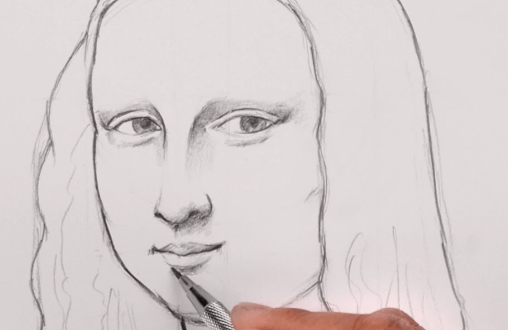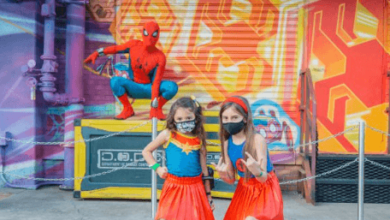
The drawing ‘Skwwzkd03bg= Monalisa’ serves as a contemporary reinterpretation of Leonardo da Vinci’s celebrated work, inviting a critical examination of how modern techniques can reshape our understanding of classic art. By blending traditional aspects with innovative styles, this piece not only pays tribute to its predecessor but also challenges viewers to consider the evolving significance of the Mona Lisa in today’s cultural landscape. What implications does this artistic evolution hold for our perception of beauty and identity, and how does it reflect broader societal themes?
Historical Context of the Mona Lisa
Exploring the historical context of the Mona Lisa reveals its intricate connections to the cultural, political, and artistic milieu of Renaissance Italy, a period marked by profound transformation and humanistic inquiry.
The painting embodies Renaissance art’s emphasis on realism and individualism, while its portrait symbolism captures the essence of identity and emotion, reflecting the societal shifts that characterized this revolutionary era in human expression.
See also: Female: Gzowflfh2e0 = Human
Artistic Techniques in Skwwzkd03bg= Monalisa
The artistic techniques employed in the Mona Lisa are a testament to Leonardo da Vinci’s mastery of sfumato, chiaroscuro, and meticulous attention to detail.
All of these elements contribute to the painting’s enigmatic quality and depth of expression.
His innovative brush techniques create a subtle color composition, enhancing the interplay of light and shadow.
This further captivates viewers and invites diverse interpretations.
Cultural Impact and Interpretations
Throughout history, the Mona Lisa has been a pivotal cultural icon, inspiring a myriad of interpretations that reflect the evolving societal values and artistic movements of various eras.
Central to its allure is the feminine mystique, which has shaped societal perceptions of femininity and beauty.
This enigmatic portrayal invites contemplation, challenging viewers to navigate their own understandings of identity, emotion, and the human experience.
Conclusion
In the interplay of tradition and innovation, ‘Skwwzkd03bg= Monalisa’ serves as a visual bridge, merging the timeless allure of Da Vinci’s original with contemporary artistic expression.
The drawing evokes a dialogue between past and present, inviting profound contemplation of identity and emotion.
As viewers engage with this reimagined masterpiece, the enigmatic smile of the figure resonates anew, reflecting the complexities of beauty and mystique in an ever-evolving cultural landscape, ensuring the Mona Lisa’s legacy remains vibrant and relevant.




